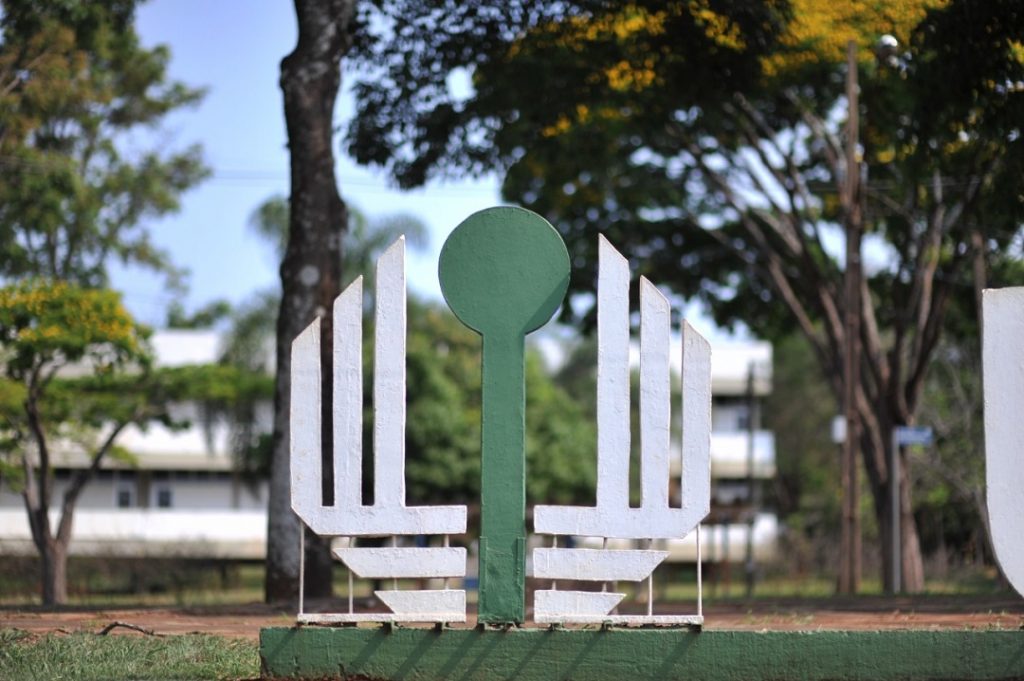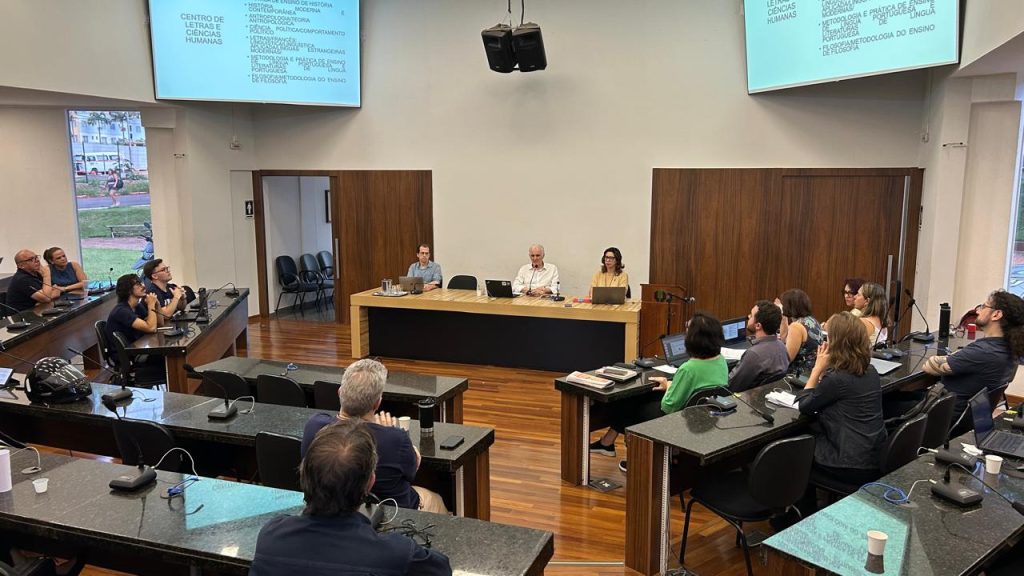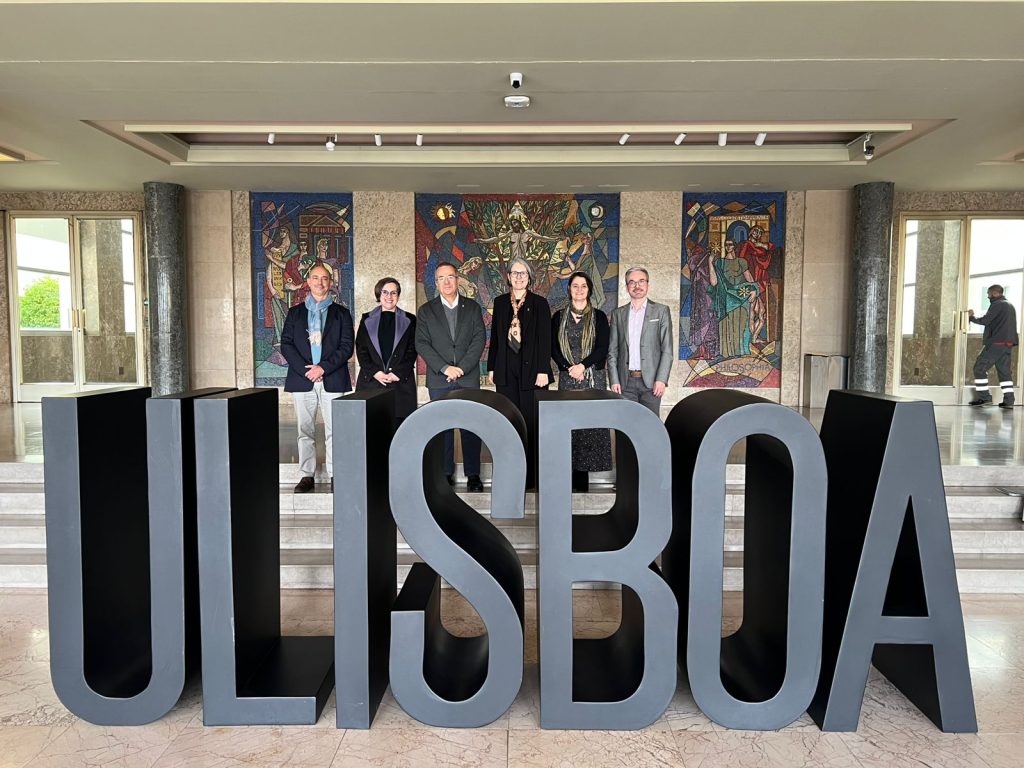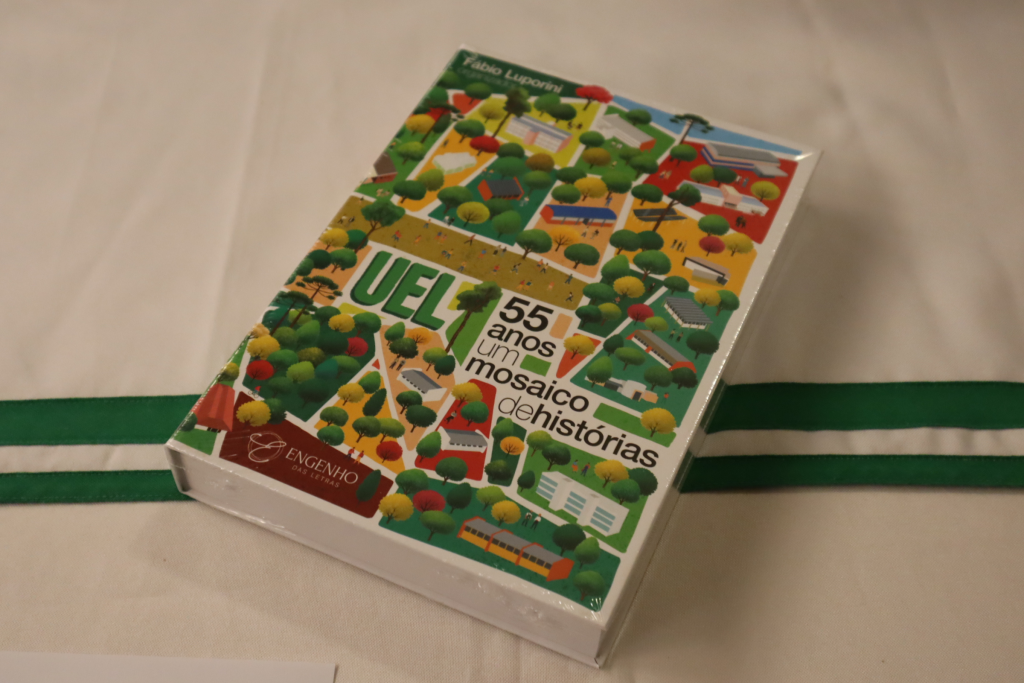[EN] The Mathematics behind stability
[EN] The Mathematics behind stability
Matéria originalmente publicada em português na edição nº 1421 do Jornal Notícia. Traduzida pelo Programa Paraná Fala Inglês (PFI).Anyone who has watched the movie “Matrix” (1999) must have wondered: how does the operator distinguish objects (a wall, a car, a door, a phone, etc.) in the midst of all those green numbers on the screen? Although “Matrix” is a work of fiction, mathematical models are essential to various fields such as Physics, Chemistry, Biology, Economics, and Engineering. These models serve as accurate representations (or interpretations) of specific aspects of reality or systems when applied correctly.
This context defines the research projects coordinated by Professor Márcio Antônio Jorge da Silva from the Department of Mathematics: “Stabilization of Plate, Bridge, and Beam Models” and “Thermoelastic Effects in Systems of Arched and Flat Beams.” The first project began in 2020, followed by the second in 2022. Both projects continue previous studies focused on asymptotic dynamics for beam equations, a research area Professor Silva has pursued since completing his Ph.D. in March 2012. Currently, he is on a postdoctoral leave at the University of Brasília (UnB), supported by a CNPq scholarship through the IMPA (Institute of Pure and Applied Mathematics, Rio de Janeiro) grant program.
Professor Márcio explains that the models addressed in these projects are described by partial differential equations. “These tools enable us to develop models, whether simplified or complex, that closely relate to physical phenomena. They can describe numerous natural phenomena, such as the vibrations of plates, beams, and bridges both in a natural and mechanical contexts, which are the focus of the projects,” he says.

The researcher emphasizes that, based on stress-strain constitutive laws in Physics and Mathematics, it is possible to develop Differential Equations models that account for certain properties, such as the elasticity of beams, their resilience, friction environments, temperature effects, and even their shape. Thus, it enables the creation of specific models capable of accurately describing the vibrations of a beam under particular oscillations.
An example of this is the beam equations by French engineer Jacques Antoine Charles Bresse (1822-1883) and Ukrainian engineer Stepan Prokopovich Timoshenko (1878-1972). However, as our understanding of vibratory effects in beams advances, mathematical models become more complex. As a result, experts continuously study differential equations to describe these models and then determine theoretical solutions, depending on the problem at hand.
It is not difficult to imagine concrete applications of these models. Imagine a structure that incorporates a flat beam and/or an arched beam. There are mathematical models to describe flat beams, while the Bresse model specifically addresses curved beams under certain conditions. For instance, Professor Márcio explained that a concrete pole, regardless of its rigidity, must be able to bend to a certain extent before breaking when subjected to tension from cables or strong winds, for example. Due to its viscoelastic properties, It should be able to return to its original shape,or as close as possible.
Another example provided by Professor Marcio Silva is the Akashi-Kaikyo Bridge, located in the Akashi Strait between the city of Kobe and Awaji Island in Japan. Opened in April 1998, it became the bridge with the longest span in the world at that time, measuring 1,991 meters. While the bridge holds other records, it is noteworthy that in January 1995, the region experienced a 7.2 magnitude earthquake. Despite being under construction, the bridge, designed to withstand tremors up to 8.5 magnitude, displaced the towers by less than 2 meters. This demonstrates the success of the mathematical model behind its engineering.
Collaborators
According to the coordinator, the projects involves a diverse group of collaborators, including undergraduate research students, graduate students pursuing specializations, master’s, and doctoral degrees, as well as other faculty members from the department and other institutions. All are part of the Partial Differential Equations Research Group. Naturally, the advisees of these professors are part of the research team. Among external collaborators, Professor Márcio SIlva highlights the geographical diversity with published works involving researchers from Maringá, Brasília, Rio de Janeiro, and Belém (Pará).

Awarded a productivity grant from CNPq, the future of these projects looks scientifically promising. According to the coordinator, this potential stems from leveraging the “synergy” of previous studies. Despite their strong connection to physical phenomena, current and future projects have scientific focus, emphasizing modeling and academic studies in pure mathematics. This approach reflects more on theoretical mathematical studies than directly societal applications. Professor Márcio SIlva also mentioned that he is preparing three articles for publication related to the projects and has presented at two scientific events this year. He plans to further disseminate knowledge in a more scientific (theoretical) vein through supervised theses and dissertations as well as through and activities in other research centers.
Versão em inglês: Maurício Brancalhão. Revisão: Raquel Prette. Supervisão: Fernanda Machado Brenner. Programa Paraná Fala Inglês (PFI).
Matéria originalmente publicada em português na edição nº1421 do Jornal Notícia: A matemática por trás da estabilidade.




